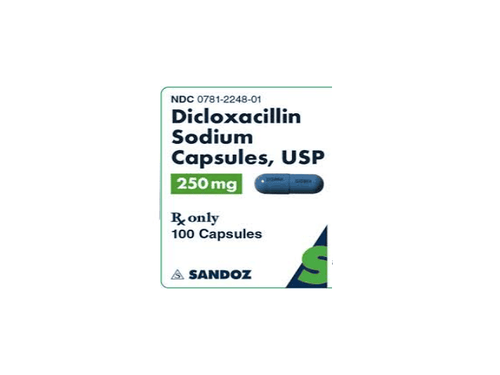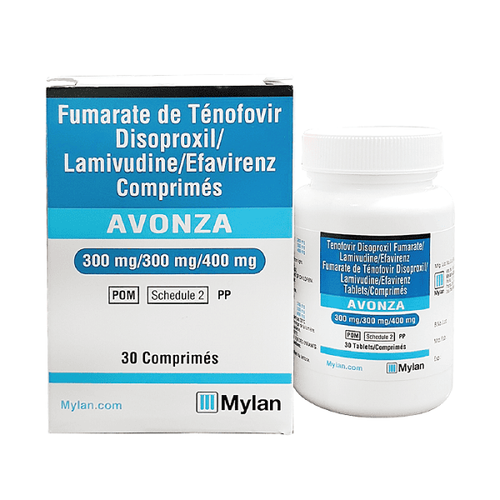This is an automatically translated article.
Langbiacin drug has the main ingredient is Kanamycin, prepared in the form of Kanamycin acid sulfate, 1000mg content, powder for injection. The drug is used to treat parasites, antibacterial, antifungal. Below is information about the uses and indications of Langbiacin.
1.Indications and uses of Langbiacin
Uses:
Langbiacin is active against gram-positive and gram-negative bacteria and is effective in the treatment of a variety of infections and tuberculosis. The active ingredient Kanamycin in the drug is active against gram-positive, gram-negative bacteria and Mycobacterium tuberculosis. In addition, Langbiacin has also been shown to be effective against multidrug-resistant Staphylococcus, E.coli and Klebsiella sp. Langbiacin is indicated for the treatment of the following cases:
Poisonous boils, inflammation, impetigo Lymph node inflammation Osteomyelitis Mastitis tonsillitis Bronchitis Pneumonia otitis media Infection wounds, burns, after surgery Pulmonary tuberculosis, extrapulmonary tuberculosis Cystitis, urethral stricture Nephritis, pyelonephritis Urinary system infection Urethritis Uteritis, appendage Gonorrhea Other susceptible bacteria such as Staphylococcus, Neisseria gonorrhoeae, Escherichia coli, Mycobacterium tuberculosis , Proteus sp, Pseudomonas aeruginosa, Haemophilus influenzae, Klebsiella sp, Streptococcus pneumoniae.
2. Dosage - how to use Langbiacin
In case of TB treatment: Adults: recommended dose: Intramuscularly 2g langbiancin, divided into 2 times morning - evening, 2 times per week. Or use 1g/day/time for 3 days/week. Langbiacin can be used topically as needed. Elderly people over 60 years old: 0.5-0.75g injection dose/time only.
Langbiacin should be used in combination with other antituberculosis agents and titrated in children and low birth weight children.
For other infections: Adult dosage 1-2g langbiacin, intramuscularly, 1-2 times a day. Children dose from 30-50mg/kg/day, intramuscularly, 1-2 times a day. The dosage of langbiacin mentioned above is for reference only, the specific dose depends on the patient's condition and disease severity, and the dose can be adjusted accordingly.
How to use: When injecting intramuscularly, the following should be noted:
Avoid injecting the drug at the nerve site. Do not repeat injection at the same injection site. Special care should be taken when administering to infants, premature and breastfed infants, and infants. When injecting intramuscularly, patients with severe pain or retraction of the plunger with bleeding back up at the injection site, the needle should be withdrawn immediately and injected at another site. Langbiacin should not be mixed with other drugs when injected. Do not take the drug continuously or for a long time.
3. Contraindications when using Langbiacin
Patients with a history of hypersensitivity or allergy to aminoglycoside antibiotics such as streptomycin, kanamycin, gentamycin and fradiomycin or bacitracin.
4. Notes when using Langbiacin
Do not use Langbiacin in patients with a personal or family history of deafness caused by streptomycin or other causes. Patients with renal failure. Elderly patient. Patients with poor nutrition or patients receiving parenteral nutrition. Patient is exhausted. Langbiacin should be avoided during pregnancy and lactation, and should be used only when the desired effect outweighs any possible risk.
5. Langbiacin drug interactions with other ingredients
Dextran: Due to the active ingredient kanamycin, it increases the possibility of nephrotoxicity.
Muscle relaxants, anesthetics when used in combination with langbiacin will cause respiratory depression due to possible neuromuscular blockade.
Loop diuretics such as ethacrynic acid and furosemide when co-administered with Langbiacin increase nephrotoxicity and ototoxicity.
Vancomycin, capreomycin and enviomycin should not be used with Langbiacin because of increased nephrotoxicity and ototoxicity.
The drugs ciplastin, carboplatin, cyclosporin and amphotericin B co-administered with Langbiacin will increase nephrotoxicity.
6.Side effects when using Langbiacin
8 nerve damage: tinnitus, hearing loss and dizziness. Vestibular damage. Acute renal failure Electrolyte disturbances Anaphylaxis Shortness of breath Chest pain Low blood pressure Lip numbness The above may not have mentioned all the undesirable effects when using Langbiacin. If you experience any unpleasant symptoms during the course of taking the medicine, immediately notify your doctor or medical staff.
Langbiacin is an antibiotic to treat bacterial infections. It is used as prescribed by doctors and medical staff. To ensure safe use of the drug, follow the correct dose and directions. Patients should absolutely not self-medicate without being examined. If you have any questions about Langbiacin, please contact your doctor immediately for answers.













